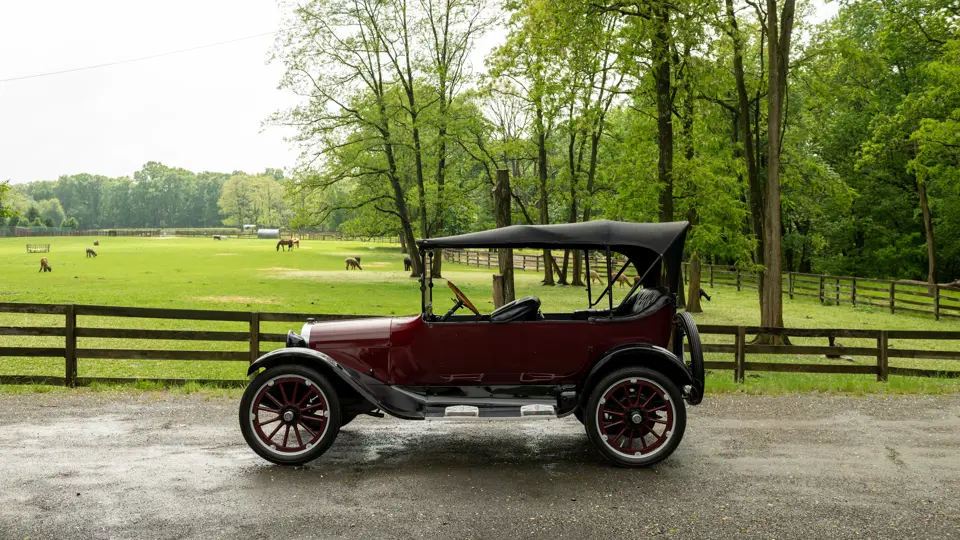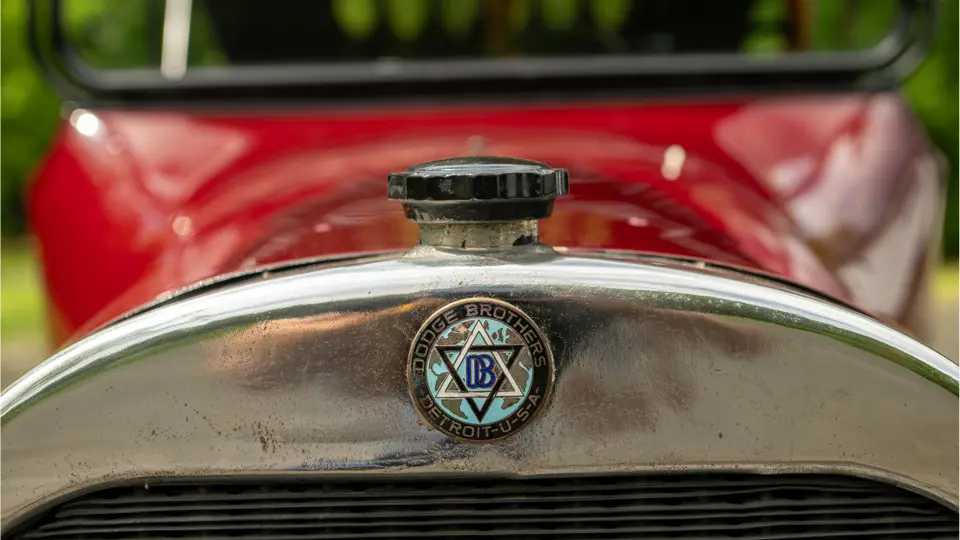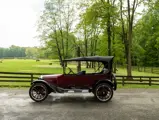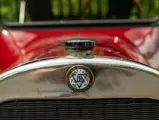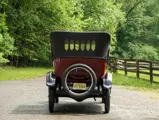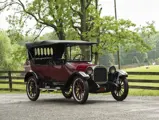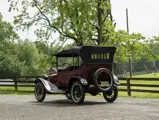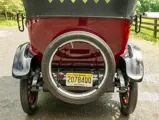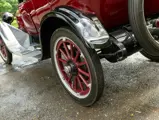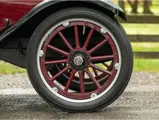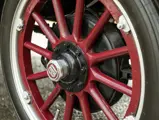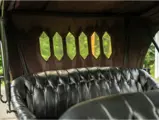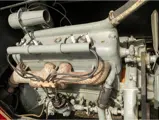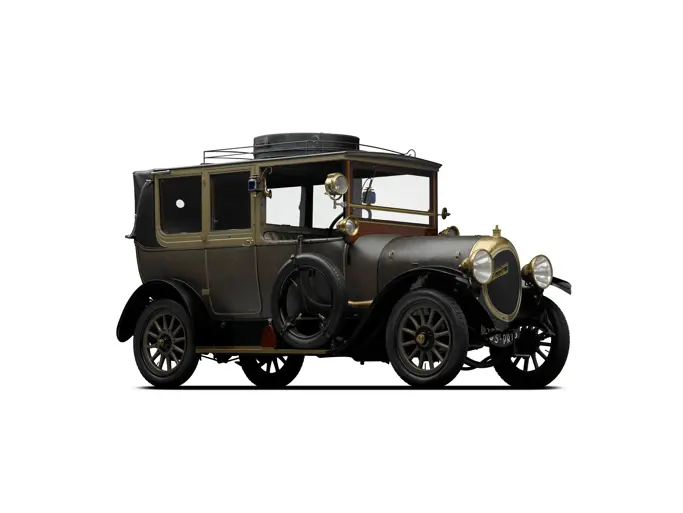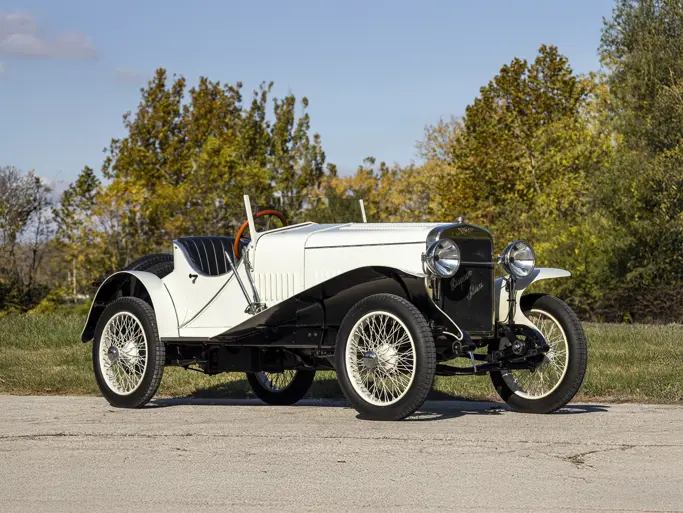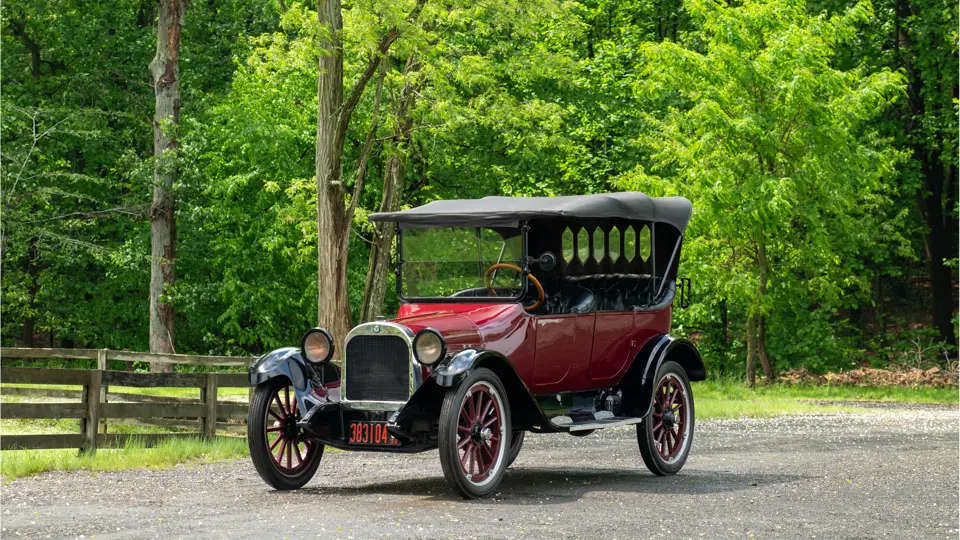
1919 Dodge Brothers Model 30 Touring
{{lr.item.text}}
$13,200 USD | Sold
Offered from Sonny Schwartz’s Suzy Q Collection
{{bidding.lot.reserveStatusFormatted}}
- A worthy competitor to the Ford Model T
- Attractively finished in two-tone maroon and black over black button-tufted leather
- Powered by a 212-cu.-in. four-cylinder with three-speed manual
John and Horace Dodge established their first machine shop in 1900, and their talents were quickly noticed by several pioneers of the early motor car, including Ransom E. Olds and Henry Ford, whose companies bought engines, transmissions, and axles from the Dodge Brothers. By 1913, the brothers realized that they were capable of building their own automobile, which fortuitously coincided with Henry Ford deciding to move production of his cars’ components in-house.
The first Dodge Brothers car was delivered on 14 November 1914, and the company soon earned a reputation for fine engineering at a modest price. Only one model was available, a five-passenger touring, at a cost of $785. Word spread quickly of their reputation for producing a quality automobile. Although the Dodge Brothers were not known for being particularly innovative, they were the first to use an all-steel, all-welded body in large-scale production. It is likely that more Dodge Brothers cars saw service overseas during World War I than any other manufacturer. By 1920, Dodge was second in industry sales, behind its former employer Ford.
Sadly, both brothers died in 1920, leaving the company to their widows. By 1925, it had dropped to fifth place in sales. The company was then sold to the New York banking house Dillon, Read & Company for $146 million, a record-setting transaction at the time. DR&C would, in turn, sell the enterprise to Walter P. Chrysler in 1928, establishing it as a division within his company.
The appealing 1919 Model 30 Touring offered here features an appealing maroon finish with black fenders and lovely artillery-style wheels color-matched to the bodywork. A pair of headlights with black surrounds and a rear-mounted spare dress up the exterior, while the interior features inviting, button-tufted black leather upholstery on its two bench seats, providing a pleasing contrast to the wood-rimmed steering wheel. The dashboard houses gauges for amps, speed, and oil pressure, and it is here, as well as in the engine bay and on the radiator shell, that the most significant amount of patina shows.
Brimming with potential, this Model 30 would serve as an excellent complement to a competing Ford Model T in one’s collection, or a welcome historical counterpoint to Mopar muscle cars.
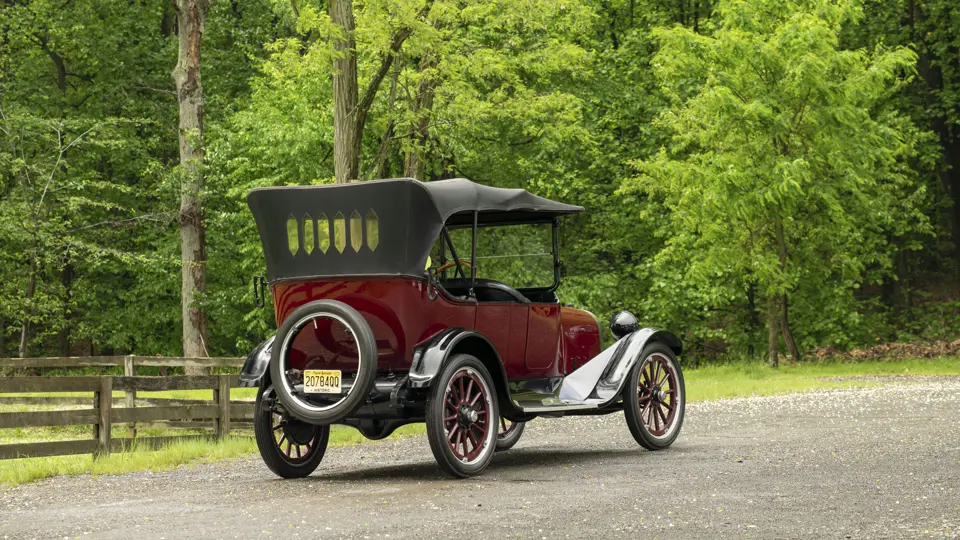
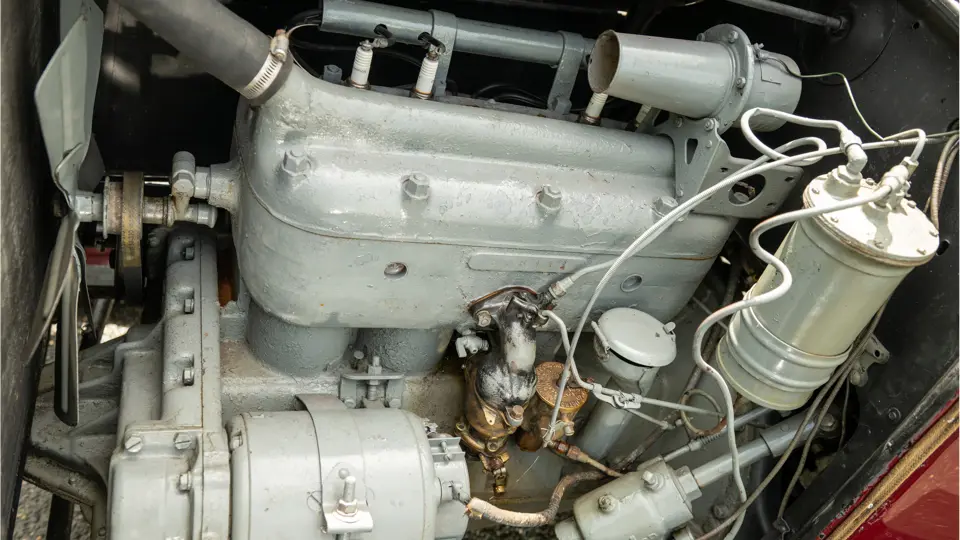
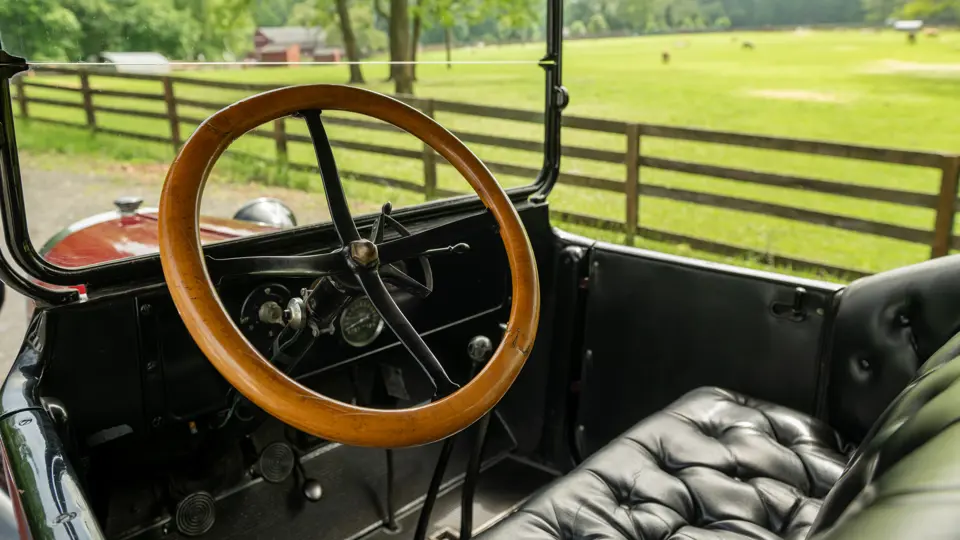

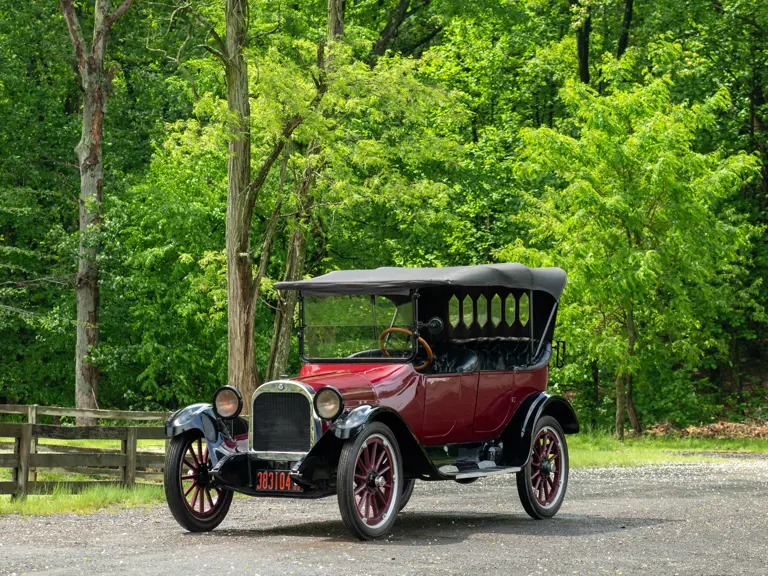
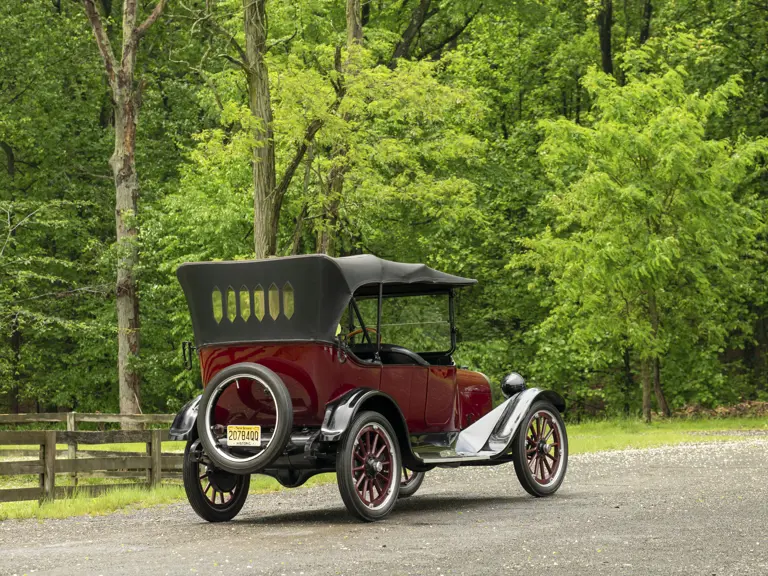
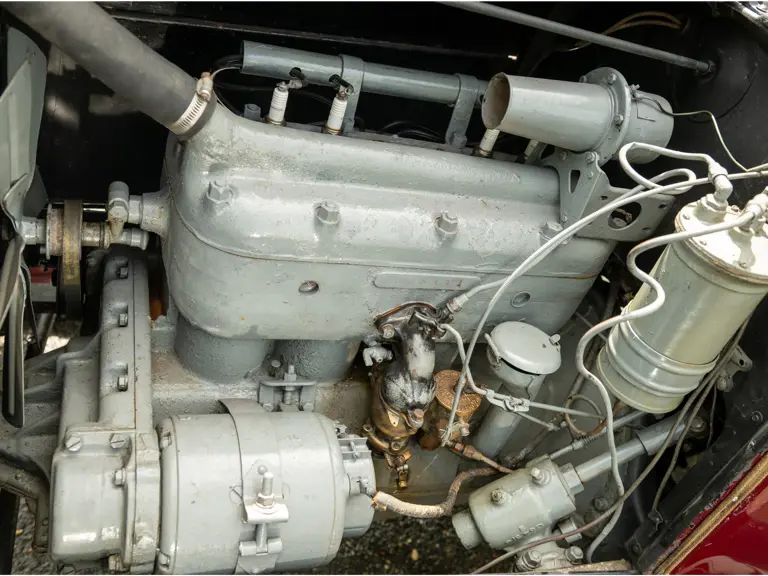
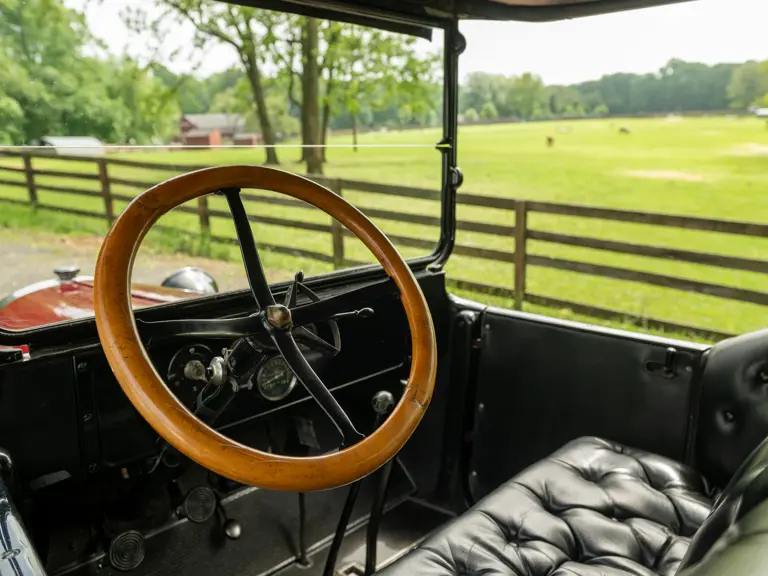

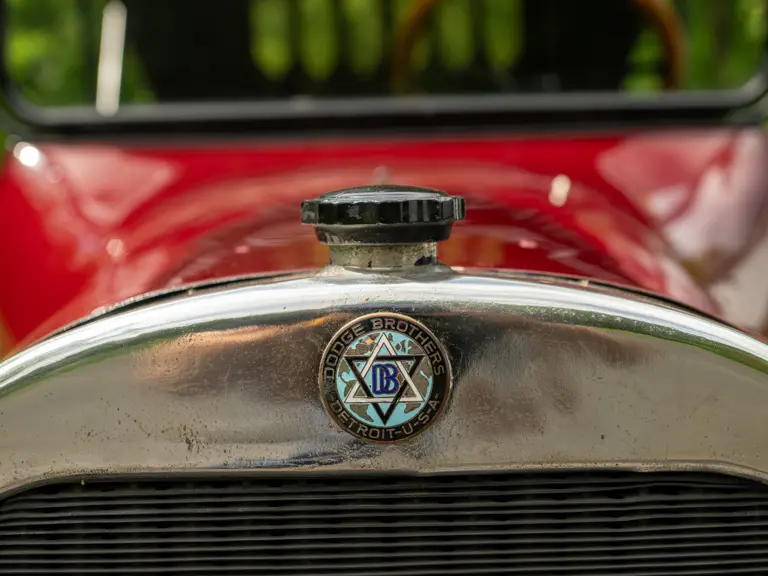

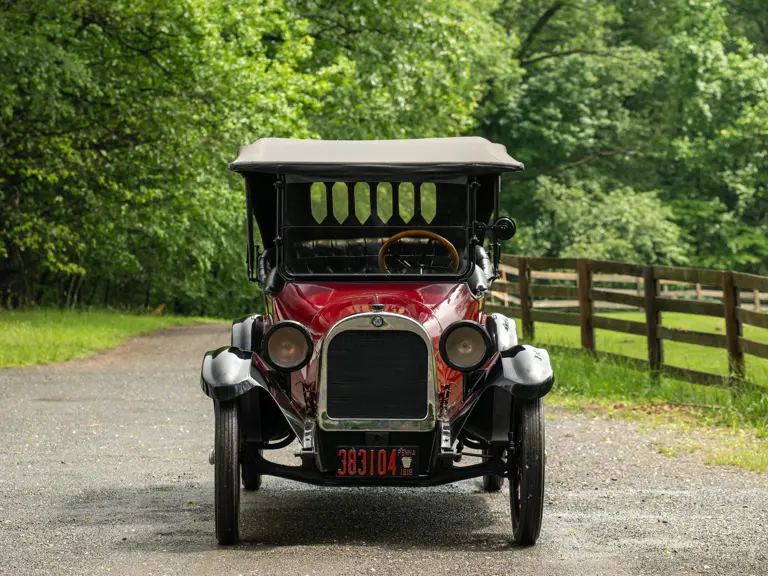

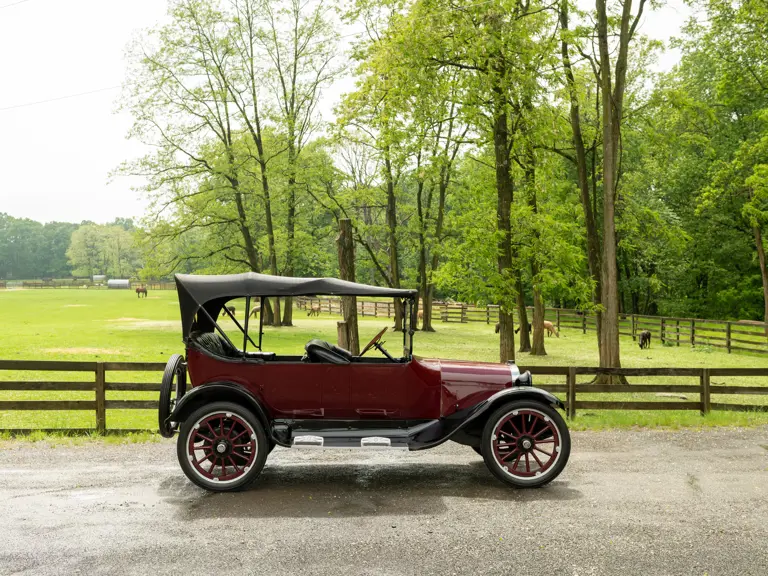

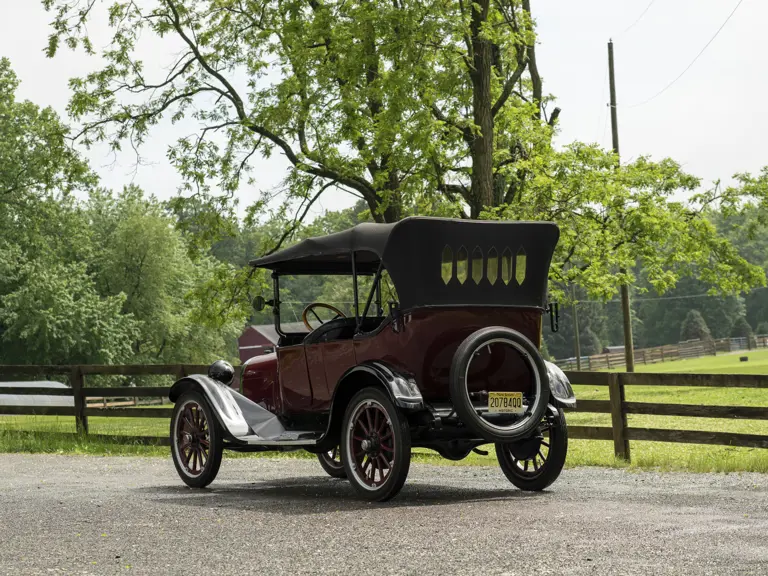
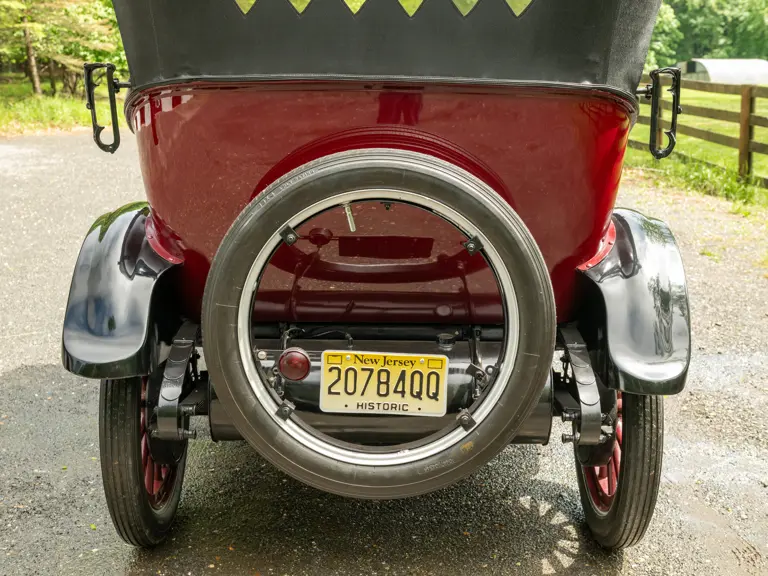
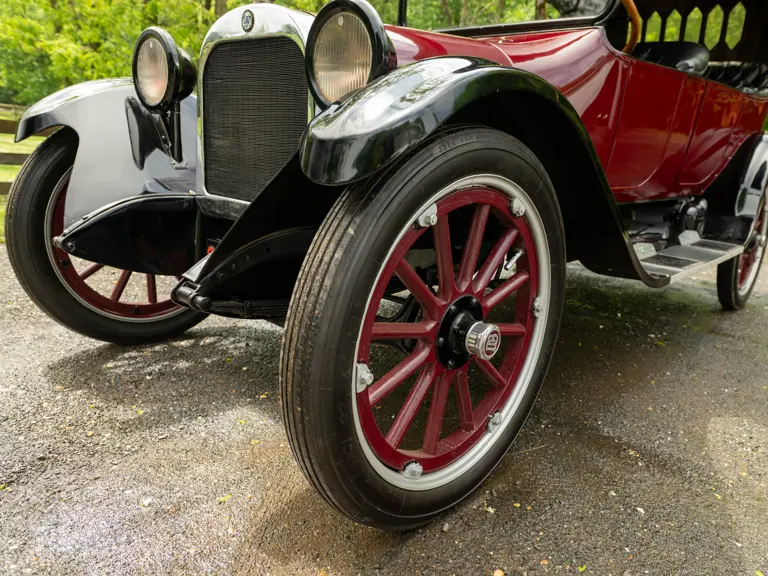





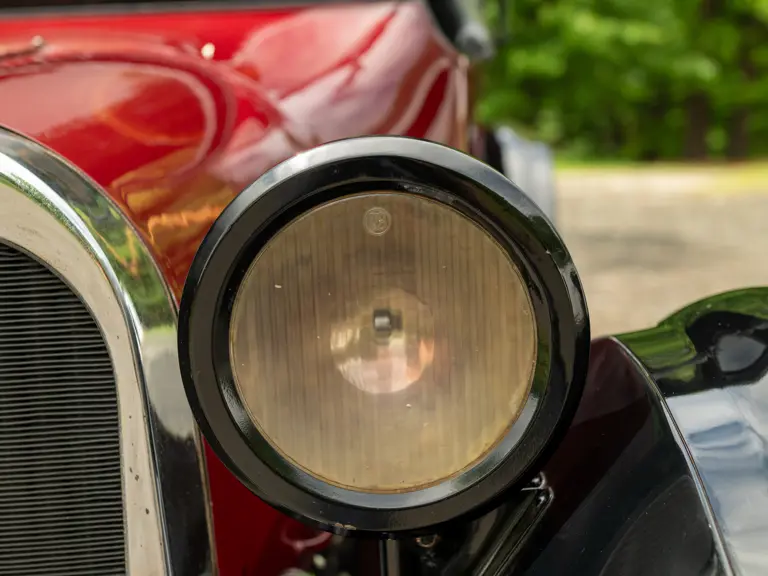
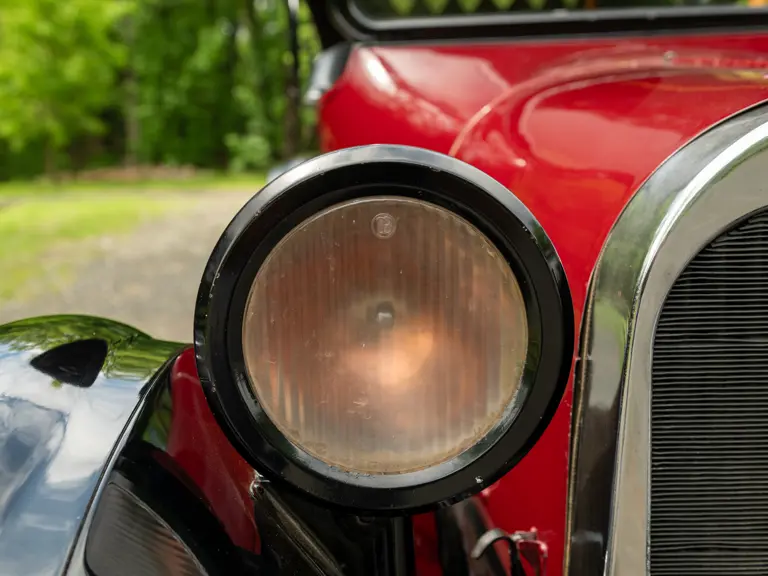

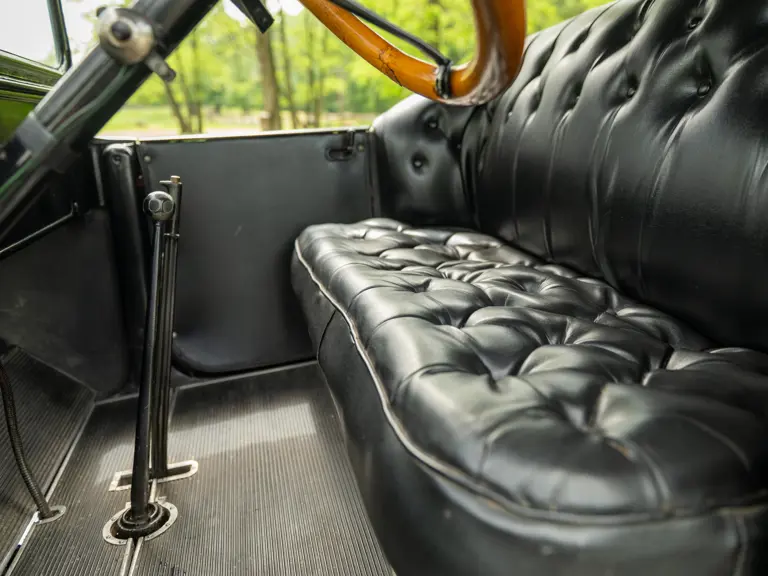
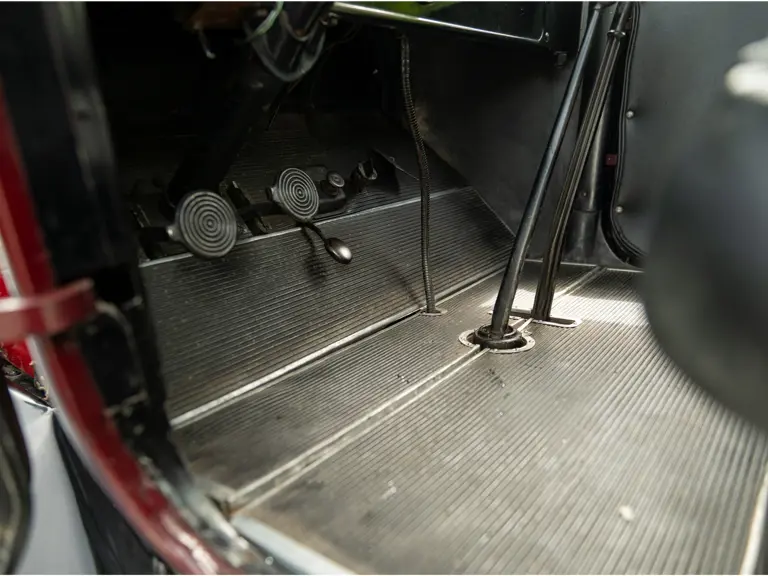
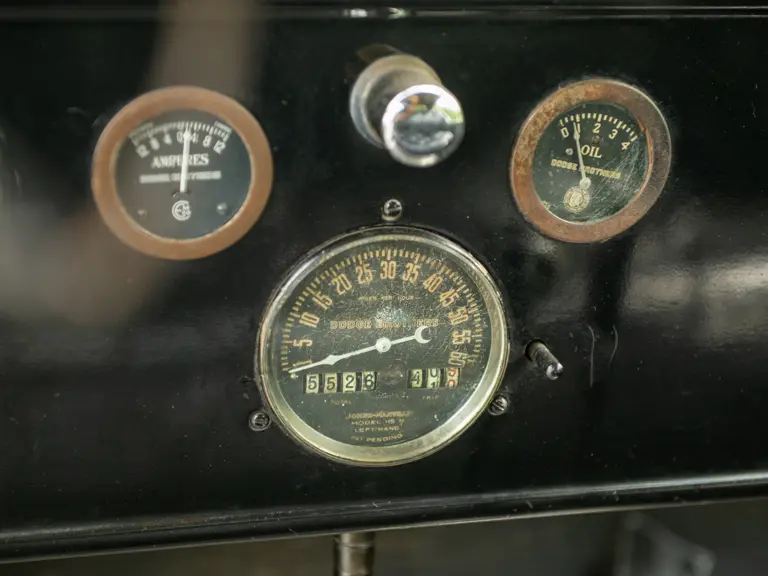
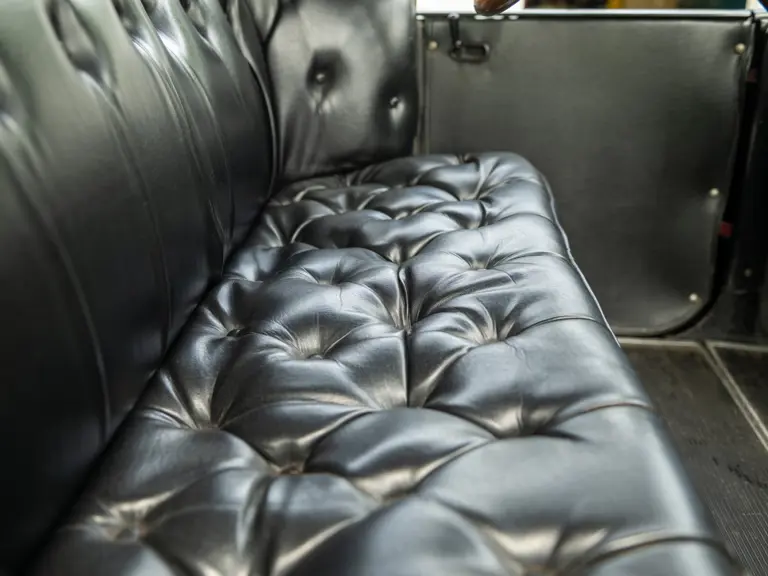


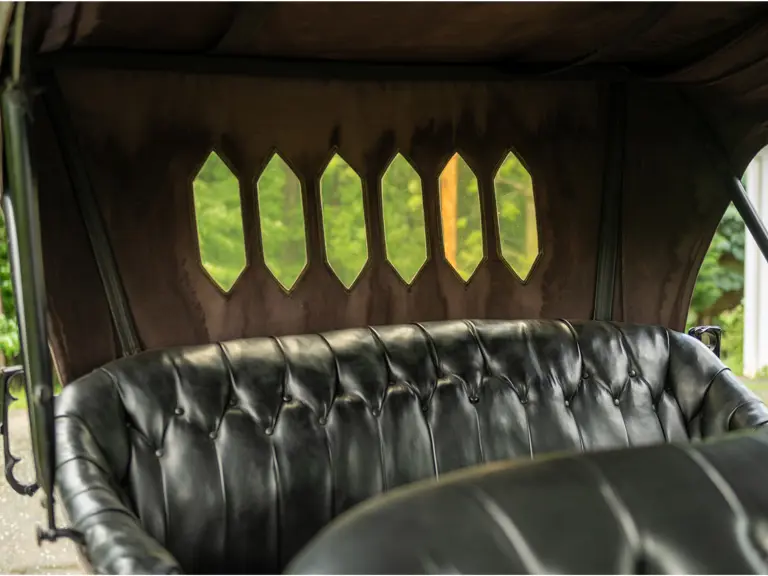
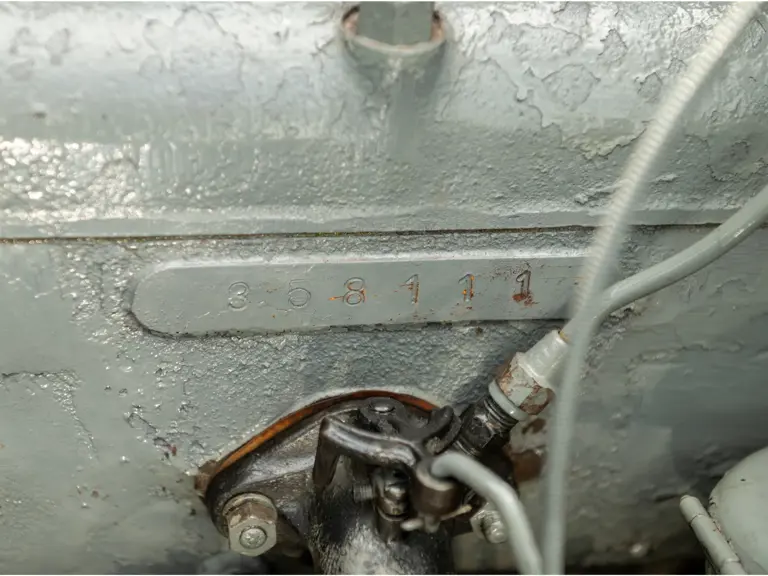
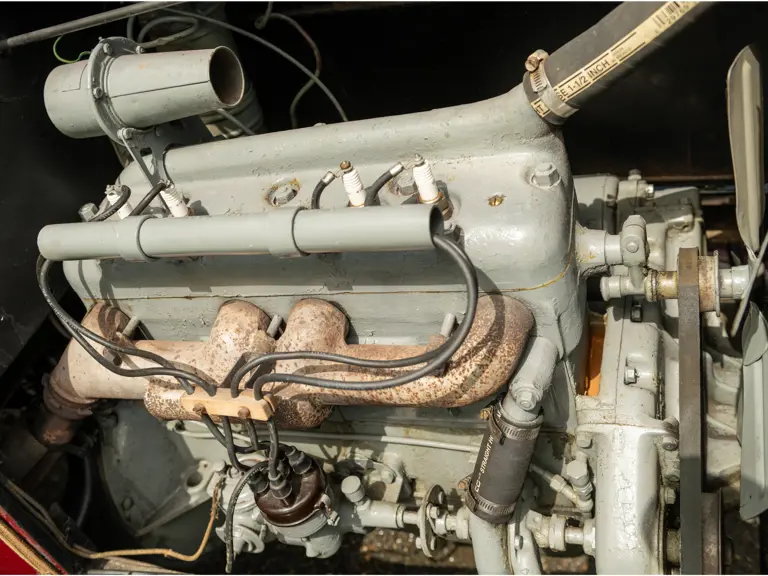
 | Hershey, Pennsylvania
| Hershey, Pennsylvania
